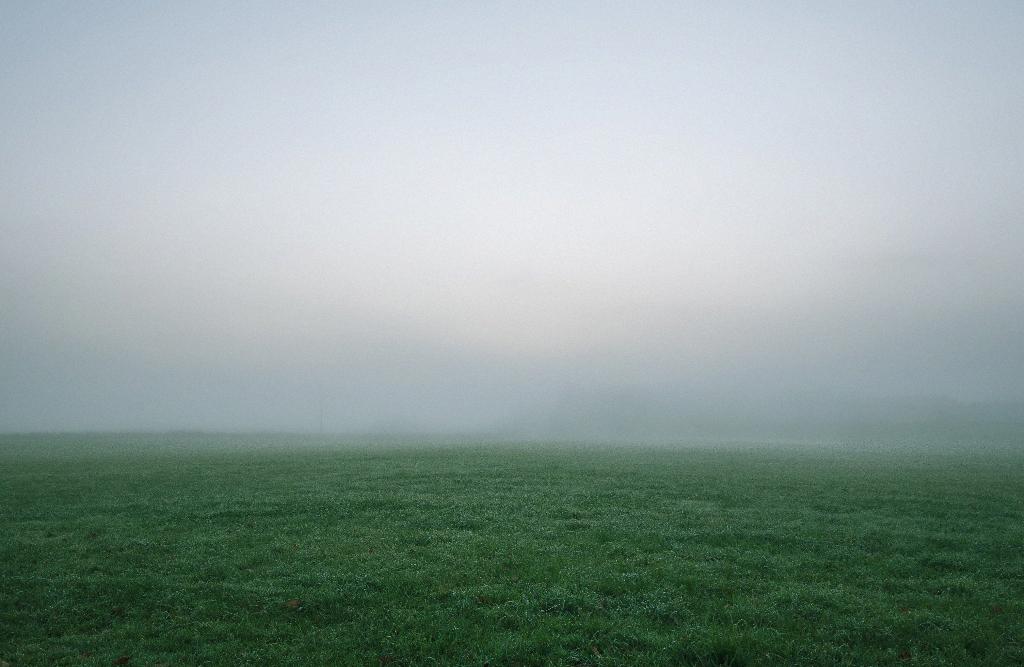Have you ever noticed patches of moss in your lawn and wondered why they are there? Moss, a small, non-vascular plant, can be a common sight in lawns, especially under certain conditions. Understanding the reasons behind the presence of moss can help you address the issue effectively and maintain a healthy lawn.
Shallow, Rocky Soils
One of the factors that can contribute to the presence of moss in your lawn is the type of soil. Moss tends to thrive in shallow, rocky soils where grass may struggle to establish deep roots. These conditions provide an ideal environment for moss to take hold and outcompete grass, leading to its proliferation in your lawn.
Poor Soil Fertility
Inadequate soil fertility can also be a key factor in the growth of moss in your lawn. If your soil lacks essential nutrients that grass needs to thrive, moss may quickly colonize the area. Improving soil fertility through proper fertilization and soil amendments can help create a more hospitable environment for grass and reduce moss growth.
Low Soil pH
Low soil pH, often associated with acidic soils, is another condition that can favor the growth of moss. Grasses typically prefer a slightly acidic to neutral pH range, and when soil pH drops too low, it can inhibit grass growth while promoting moss colonization. Testing your soil’s pH levels and adjusting them as needed can help discourage moss growth.
Heavy Shade
If your lawn receives limited sunlight due to heavy shade from trees or buildings, it can create conditions that are conducive to moss growth. Grasses require adequate sunlight for photosynthesis and healthy growth, and when shaded areas become too dense, moss may thrive in these low-light conditions. Pruning trees and shrubs to allow more sunlight into your lawn can help discourage moss growth.
Excessive Moisture
Excess moisture in the soil can also encourage moss to take over your lawn. Poor drainage, overwatering, or areas that stay consistently wet are all factors that can create a favorable environment for moss. Improving drainage, adjusting watering practices, and addressing areas of standing water can help reduce excess moisture and limit moss growth.
Addressing Moss Issues
When dealing with moss in your lawn, it’s important to address the underlying issues that are promoting its growth. By improving soil conditions, enhancing sunlight exposure, and managing moisture levels, you can create a healthier environment for grass to thrive and effectively compete with moss. Implementing proper lawn care practices, such as regular mowing, watering, and fertilizing, can also help maintain a dense, healthy turf that is less susceptible to moss invasion.
Consulting with Experts
If you’re facing persistent moss issues in your lawn despite your efforts, seeking guidance from lawn care experts or horticulturists can provide valuable insights and solutions. They can help assess your lawn’s specific conditions, recommend targeted strategies for moss control, and offer advice on establishing a more resilient turf that can resist moss infestation.

Conclusion
In conclusion, the presence of moss in your lawn can be attributed to various factors, including soil conditions, sunlight exposure, and moisture levels. By identifying the root causes of moss growth and taking proactive steps to address them, you can create a healthier, more vibrant lawn that is less likely to be overtaken by moss. With proper care and attention, you can enjoy a lush and beautiful lawn free from moss invasion.
